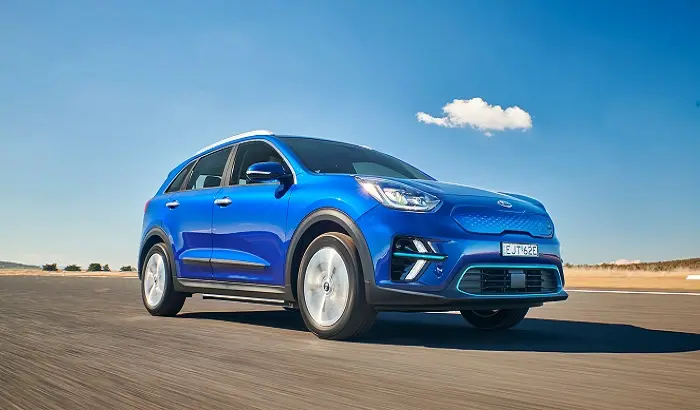Kia has introduced what is believed to be the world’s first factory-approved tri-fuel hybrid-electric vehicle, unveiling a new version of its Niro Hybrid small SUV in Italy. This innovative model combines a conventional fuel tank and electric motor with a market-exclusive liquid petroleum gas (LPG) system, achieving a WLTP-rated driving range of 1600 kilometers.
This remarkable range allows for long journeys, covering the distance from Venice in northern Italy to Catania in the south on a single tank, or from Melbourne to Sydney in Australia with nearly half a tank remaining.
Developed in partnership with Westport Fuel Systems, the tri-fuel hybrid system also powers other Kia models, including the Picanto hatch, Stonic light SUV, XCeed hatch, and Sportage mid-size SUV. The new Niro Hybrid LPG includes a 40-liter LPG tank, which Kia claims minimally impacts the driving experience compared to the standard hybrid version.
The LPG model boasts an increased WLTP driving range, particularly in variants equipped with 16-inch alloy wheels. Additionally, it emits six percent less carbon than the standard hybrid, at 94 grams per kilometer.
The Niro Hybrid LPG features a 1.6-liter non-turbo four-cylinder engine paired with a 1.32kWh lithium-ion battery and a 40kW electric motor, resulting in a total system output of 93kW, which is a slight decrease of 2kW from the non-LPG variant. In Italy, the tri-fuel option costs an additional €2000 (approximately AUD 3250) over the standard Niro Hybrid.
While LPG vehicles are still popular in some European markets, South Korea, and Japan, their usage has declined in regions like Australia. The last dedicated LPG vehicles available in Australia were the 2016 Ford Falcon FG X and the 2015 Holden Commodore VF, featuring naturally-aspirated six-cylinder engines.
In 2000, Australians consumed 1.4 million tonnes of LPG, a figure that fell to 365,000 tonnes by 2018. Fleetcare estimates that only around two percent of Australia’s current vehicle fleet runs on LPG.
One advantage of LPG is its lower cost compared to petrol or diesel, as it is primarily sourced from Australia’s natural gas deposits rather than imported. However, the decline of local vehicle production and the rise of electrification—including hybrid and fully electric vehicles—have led to decreased interest in LPG, as these alternatives are cleaner and align better with government zero-emission targets.
Related topics:

